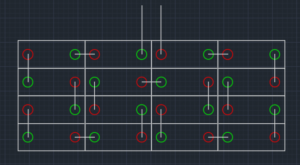ArthurEld
Solar Wizard
Most people get by just fine being careful. I have 4 batteries so I'm no where near done.I’m probably being naive but between the fact that the battery only needs to be assembled once and the fact that I can access the terminals from either side (and so never need to hold the torque wrench over the battery), I’m thinking I should be OK...
And I don't expect anybody to do what I do.
I just try to do what I can and share my experience. I've been swinging that torque wrench around quite a bit.
Most of the safety measures carry over to the 10 years of use too.





